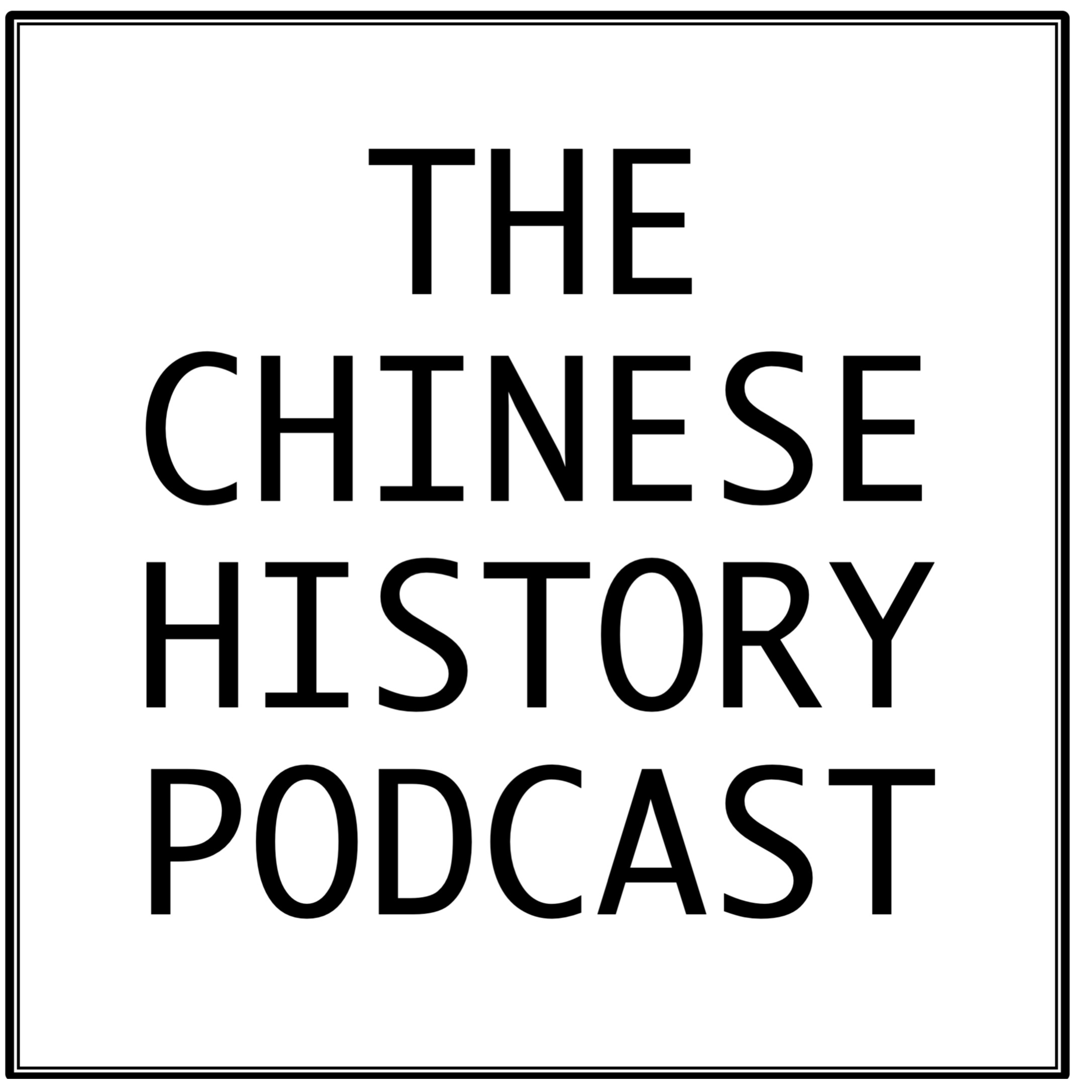Episodes
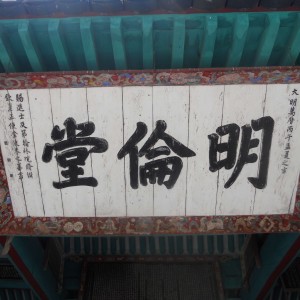
Sunday Dec 12, 2021
Sunday Dec 12, 2021
In our previous episodes, the term "tributary system" has come up a few times, yet we've never had the opportunity to explain what exactly it is. To better shed light on this topic, and as part of our exploration of Chinese diplomacy, we interviewed Professor Sixiang Wang, an Assistant Professor of Korean history at UCLA who specializes in the diplomatic relationship between Chosŏn Korea and Ming China and Early Modern East Asia. In this episode, Professor Wang will first explain what the tributary system is as a historiographical concept and how it is often used to view China's diplomatic engagement with the outside world, before giving us a more detailed look into the diplomacy between Chosŏn and Ming and how this diplomatic interaction complicates the simple narrative of the tributary system.
P.S. Don't forget to check out this awesome podcast on the steppe nomads at Nomads and Empires!
Contributors
Sixiang Wang
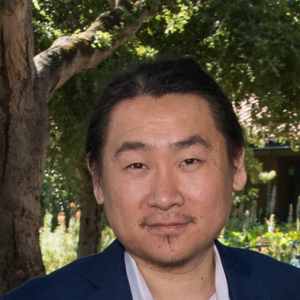
Sixiang Wang is an Assistant Professor in the Department of Asian Languages and Cultures at UCLA. He is a historian of Chosŏn Korea and early modern East Asia, and his research interests also include comparative perspectives on early modern empire, the history of science and knowledge, and issues of language and writing in Korea’s cultural and political history. His current book project reconstructs the cultural strategies that the Korean court deployed in its interactions with Ming China through an examination of poetry-writing, gift-giving, diplomatic ceremony, and historiography, and it underscores the centrality of ritual and literary practices in producing diplomatic norms, political concepts, and ideals of sovereignty in the construction of a shared, regional interstate order.
Yiming Ha

Yiming Ha is a Ph.D. candidate in the Department of History at the University of California, Los Angeles. His current research is on military mobilization and state-building in China between the thirteenth and seventeenth centuries, focusing on how military institutions changed over time, how the state responded to these changes, the disconnect between the center and localities, and the broader implications that the military had on the state. His project highlights in particular the role of the Mongol Yuan in introducing an alternative form of military mobilization that radically transformed the Chinese state. He is also interested in military history, nomadic history, comparative Eurasian state-building, and the history of maritime interactions in early modern East Asia. He received his BA from UCLA and his MPhil from the Hong Kong University of Science and Technology.
Credits
Episode No. 4
Release date: December 12, 2021
Recording location: Los Angeles, CA
Bibliography courtesy of Professor Sixiang Wang
Images
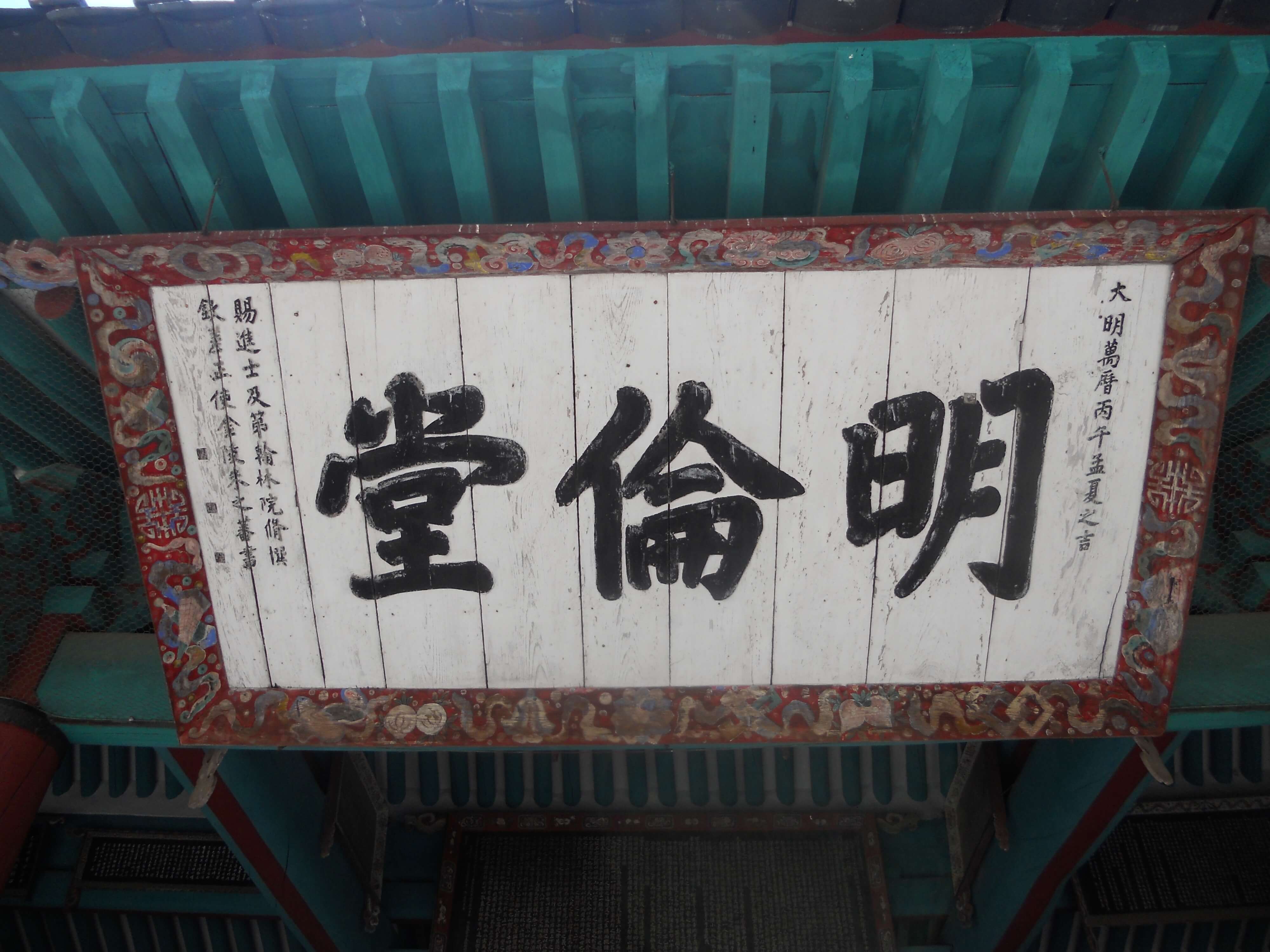
Cover Image: "Myŏngnyun Hall" 明倫堂, Hanging board with calligraphy by the 1606 Ming envoy Zhu Zhifan 朱之蕃, Sunggyun'gwan University (photographed by Prof. Sixiang Wang)
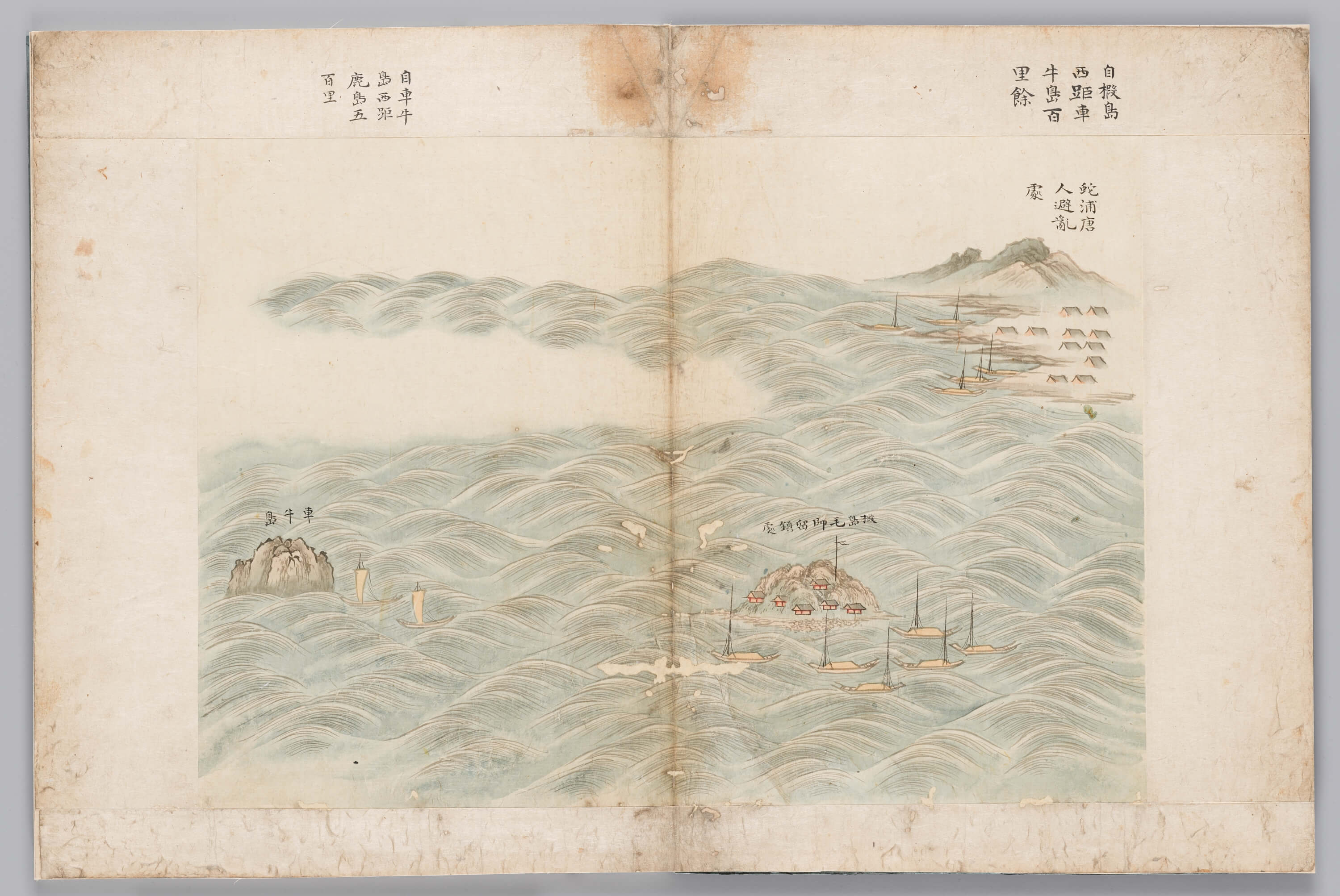
Chosŏn Envoys Traveling to Ming China by Sea, by Yi Tŏkhyŏng. It details an envoy mission which travelled to Ming China in 1624. One of a set of 25 paintings, currently held in the National Museum of Korea and reproduced with permission here (Image Source)
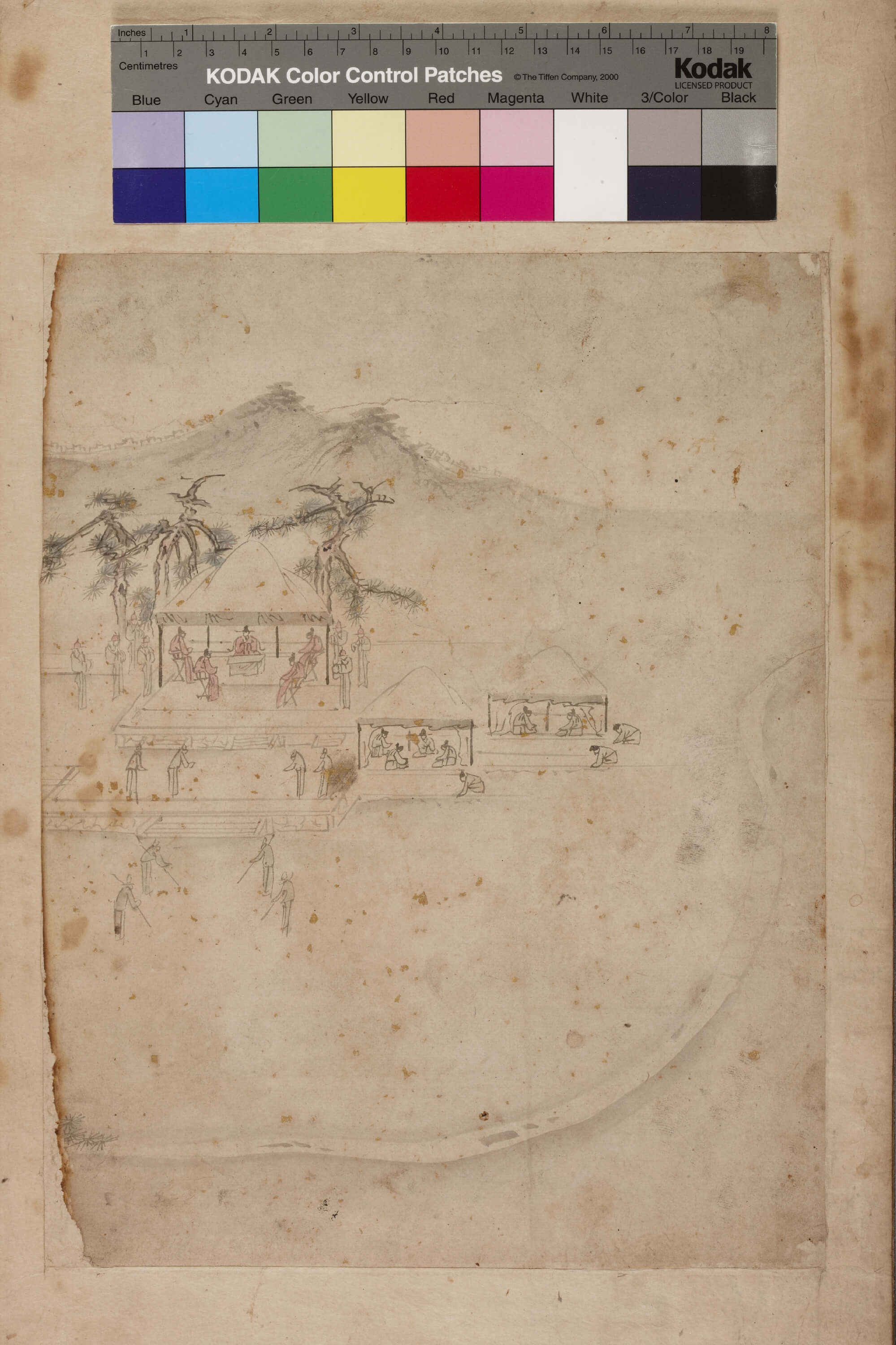
Reception of Ming envoys, unknown painter, currently held in the National Museum of Korea and reproduced with permission here (Image Source)

Collection of Poems by a Ming Envoy and the Scholars of the Chosŏn Dynasty. A collection of poetic exchange by the 15th century Ming envoy Ni Qian 倪謙 and three Korean scholars, currently held in the National Museum of Korea (Image Source)
Select Bibliography
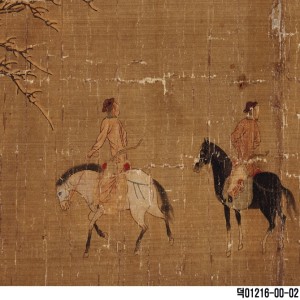
Saturday Nov 27, 2021
King Kwong Wong on Koryŏ Korea Under Mongol-Yuan Domination
Saturday Nov 27, 2021
Saturday Nov 27, 2021
In 1231, Mongol forces invaded the Korean Peninsula, beginning almost three decades of warfare against the Koryŏ Kingdom. In 1258, the Koryŏ court finally surrendered and the kingdom became a part of the Mongol Empire. King Kwong Wong, an independent scholar who specializes in the relationship between the Mongol-Yuan and Koryŏ, joins us to give a brief look into this fascinating period in Korean history. He will talk about why Koryŏ surrendered to the Mongol-Yuan, how the Mongols integrated Koryŏ into their empire, what that relationship came to look like, and how Koryŏ dealt with the fall of the Mongols in the second half of the fourteenth century.
Contributors:
King Kwong Wong
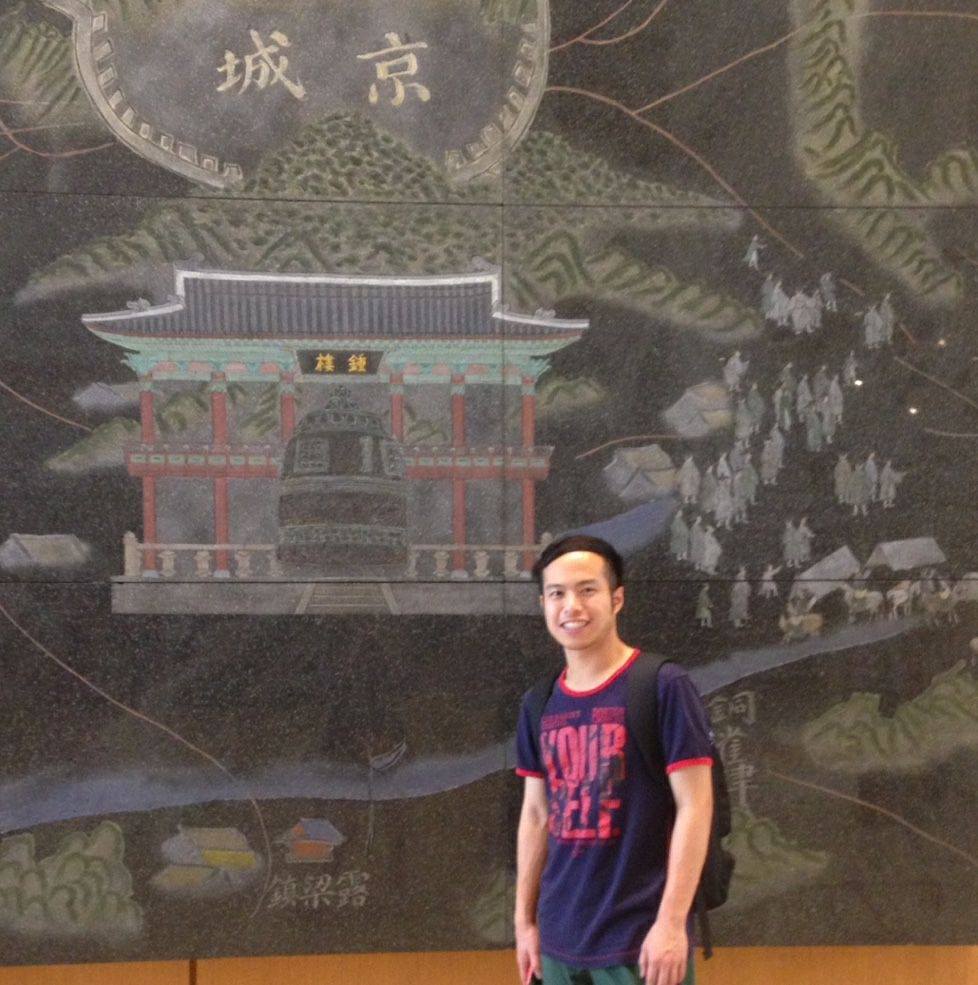
King Kwong Wong is an independent scholar who received his Master's Degree in Chinese History from the University of Southern California. He is now working as a part-time lecturer at the Hong Kong University's School of Professional and Continuing Education. His research focuses on Koryŏ Korea during the Mongol-Yuan period, and he recently published a paper titled "All Are the Ruler’s Domain, but All Are Different: Mongol-Yuan Rule and Koryŏ Sovereignty in the Thirteenth and Fourteenth Centuries", which explores how Koryŏ literati viewed the idea of sovereignty and their state's relationship with the Mongol-Yuan.
Yiming Ha

Yiming Ha is a Ph.D. candidate in the Department of History at the University of California, Los Angeles. His current research is on military mobilization and state-building in China between the thirteenth and seventeenth centuries, focusing on how military institutions changed over time, how the state responded to these changes, the disconnect between the center and localities, and the broader implications that the military had on the state. His project highlights in particular the role of the Mongol Yuan in introducing an alternative form of military mobilization that radically transformed the Chinese state. He is also interested in military history, nomadic history, comparative Eurasian state-building, and the history of maritime interactions in early modern East Asia. He received his BA from UCLA and his MPhil from the Hong Kong University of Science and Technology.
Credits:
Episode No. 3
Release date: November 27, 2021
Recording location: Hong Kong, China/Los Angeles, CA
Bibliography courtesy of King Kwong
Images
Cover Image: Koryŏ noblemen hunting (see full image credits below)

Kanghwa Island, where the Koryŏ court fled to in order to escape from the Mongols (Image Source)
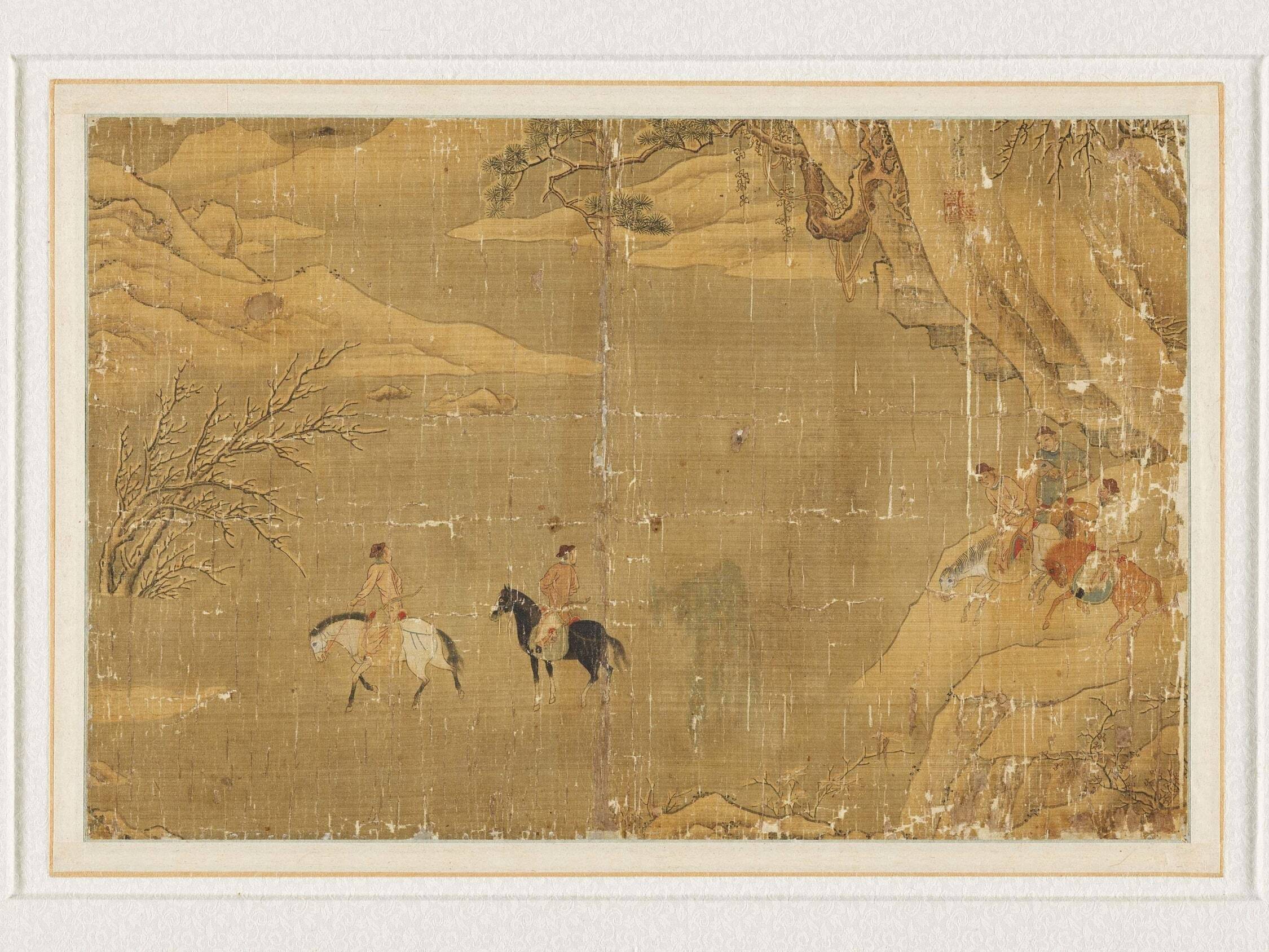
Painting of Koryŏ noblemen hunting (also titled Crossing the River on Horseback) by Yi Je-hyeon (李齊賢, 1287-1367), currently held in the National Museum of Korea and reproduced here with permission (Image Source)
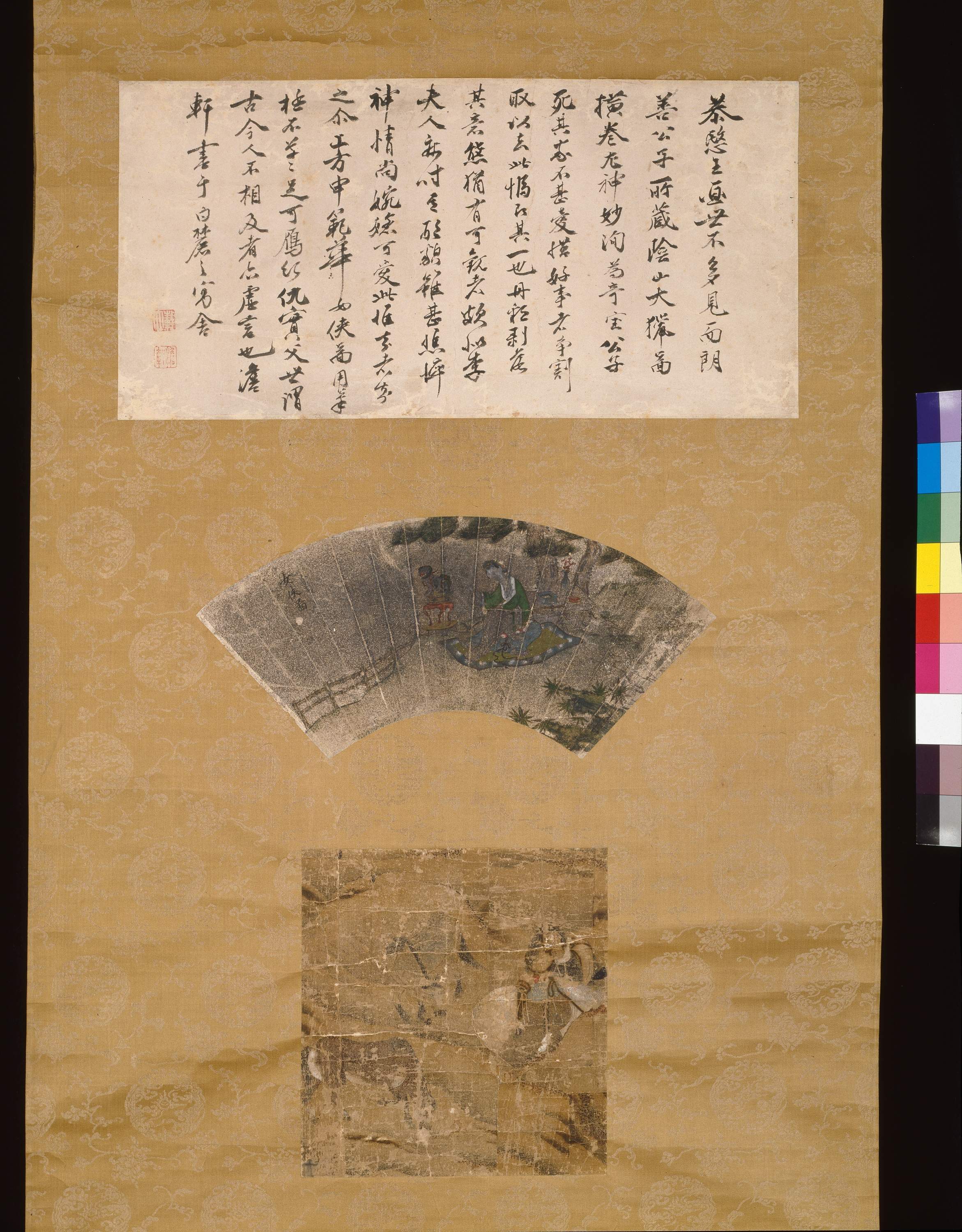
Painting on the Grand Hunting in the Heavenly Mountain by King Kongmin, currently held in the National Museum of Korea and reproduced here with permission (Image Source)

Empress Chabi (1225-1281) wearing a gugu hat. The hat is also known as a boghtagh (Image Source).
Select Bibliography:
Clark, Donald N. “Sino-Korean Tributary Relations under the Ming.” In The Cambridge History of China, vol. 8: The Ming Dynasty, 1368–1644, Part II, edited by Denis Twitchett and Frederick W. Mote, 272-300. Cambridge: Cambridge University Press, 1998.
Duncan, John B. The Origins of the Chosŏn Dynasty. Seattle: University of Washington Press, 2000.
Henthorn, William E. Korea: the Mongol Invasions. Leiden: E. J. Brill, 1963.
Kim Hodong. Monggol cheguk kwa Koryŏ: K’ubillai chŏngkwŏn ŭi t’ansaeng kwa Koryŏ ŭi chŏngch’ijŏk wisang [The Mongol Empire and Koryŏ: The Rise of Khubilai and the Political Status of Koryŏ]. Seoul: Sŏul taehakkyo ch’ulpanbu, 2007
Lee, Ik-joo. “Trends and Prospects: Historical Studies on Koryŏ-Mongol Relationship in the 13–14th Centuries.” The Review of Korean Studies 19, no. 2 (2016): 15–46.
Lee, Jin-han. “The Development of Diplomatic Relations and Trade with Ming in the Last Years of the Koryŏ Dynasty.” International Journal of Korean History 10 (2006): 1-24.
Lee, Kang Hahn. “Shifting Political, Legal, and Institutional Borderlines between Koryŏ and the Mongol Yuan Empire.” Seoul Journal of Korean Studies 29, no. 2 (2016): 239–266.
Robinson, David M. Empire’s Twilight: Northeast Asia under the Mongols. Cambridge, MA: Harvard University Asia Center, 2009.
Shultz, Edward J. Generals and Scholars: Military Rule in Medieval Korea. Honolulu: University of Hawai’i Press, 2000.
Yi Myŏngmi. 13–14-segi Koryŏ-Monggol kwan’gye yŏn’gu: Chŏngdong haengsŏng sŭngsang puma Koryŏ Kugwang, kŭ pokhapchŏk wisang e taehan t’amgu [A Study of Koryŏ-Mongol Relations in the Thirteenth to Fourteenth Centuries: An Exploration of the Complex statuses of the Chief Councilor of the Branch Secretariat for the Eastern Campaign, the Imperial Son-in-Law, and the King of Koryŏ]. Seoul: Hyean, 2016.
Yun, Peter I. “Mongols and Western Asian in the Late Koryŏ Ruling Stratum.” International Journal of Korean History 3 (2002): 51-69.

